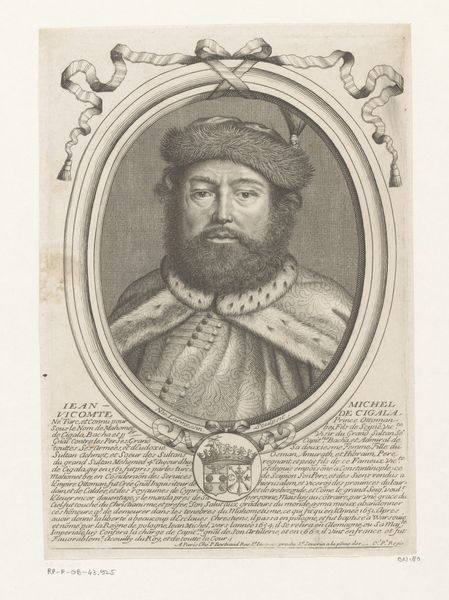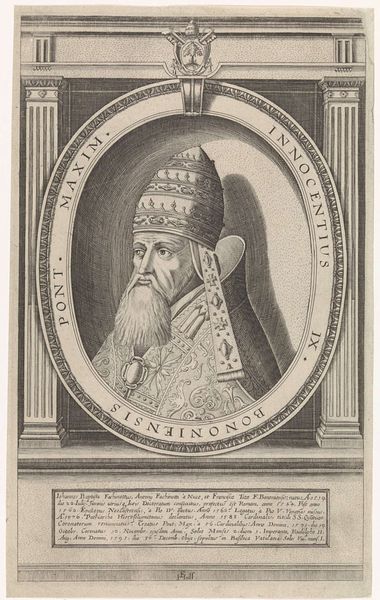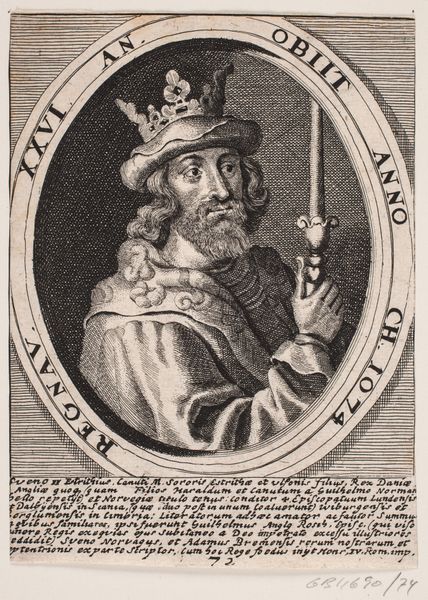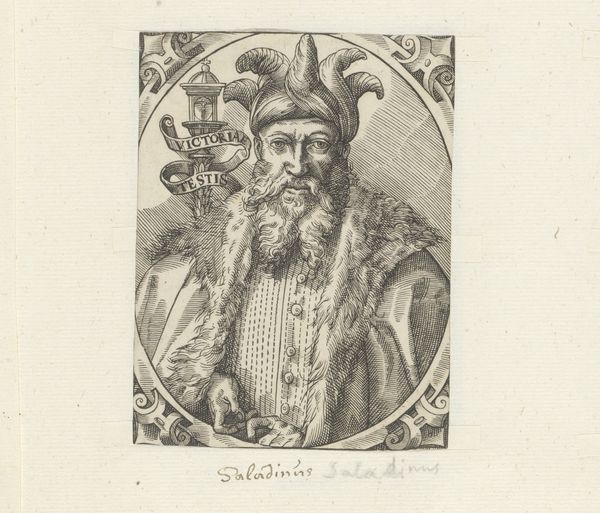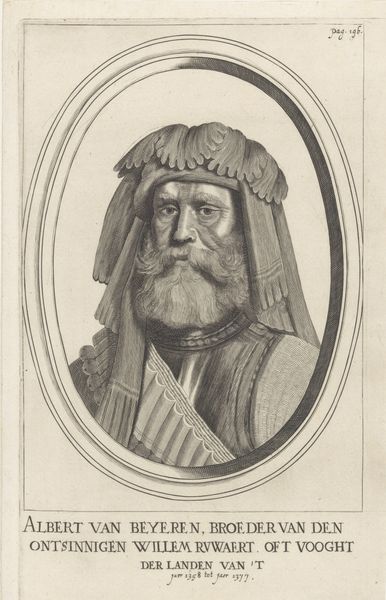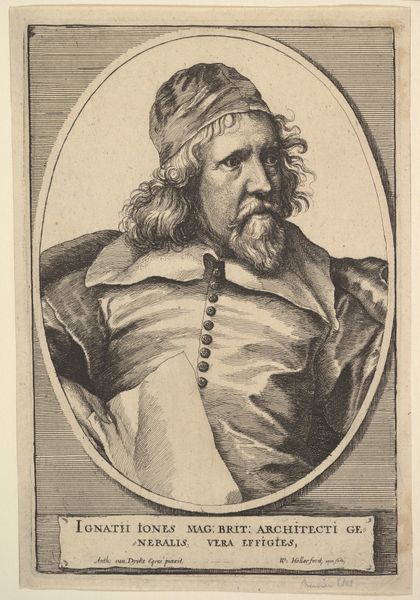
Gypsy, from World's Smokers series (N33) for Allen & Ginter Cigarettes 1888
0:00
0:00
Dimensions: Sheet: 2 3/4 x 1 1/2 in. (7 x 3.8 cm)
Copyright: Public Domain
Curator: Welcome. Today, we're examining "Gypsy, from World's Smokers series," a print dating back to 1888, crafted by Allen & Ginter. It’s part of a larger collection of collectible cards that depicted figures from various walks of life. Editor: My immediate impression is how this trades in romanticism and exoticism. There’s a rosy, almost idealized presentation, despite the very specific labeling that seems intended to capture diversity. It's interesting how the tobacco card becomes this little window into different cultural imaginaries. Curator: Exactly. Allen & Ginter used these cards to cultivate an air of sophistication and worldliness for their brand. But this idealized depiction flattens complex realities of Romani communities in the 19th century. These types of cards shaped and disseminated harmful stereotypes. Editor: Precisely. It reduces a diverse people into a single image – complete with the stereotypical attire and pipe – obscuring history and contemporary reality. These cards participated in a much larger historical project of Othering various groups. How do we confront that legacy within a museum setting? Curator: That's the critical challenge. By providing comprehensive historical context. It's not about erasing these images, but prompting conversations. We can present other, richer representations created by Romani people themselves. Editor: We must look at power and representation. How do these early portraits inform continued cultural biases and inequities? It makes me question who had the authority, and whose story are we really being told here. Curator: Context, not just in terms of art history but the social history in which they operated. It allows us to decode how they acted in perpetuating dominant cultural norms and power structures of their time. Editor: By viewing works like this we begin important conversations around representation. Understanding the intentions, but also the broader impact to critically engage. Thank you for offering us this lens to deconstruct "Gypsy". Curator: Indeed. Seeing these artifacts within the context of cultural biases enriches our own contemporary moment, and highlights what responsibility we bear in their interpretation and continued legacy. Thank you for sharing your reflections on it today.
Comments
No comments
Be the first to comment and join the conversation on the ultimate creative platform.


